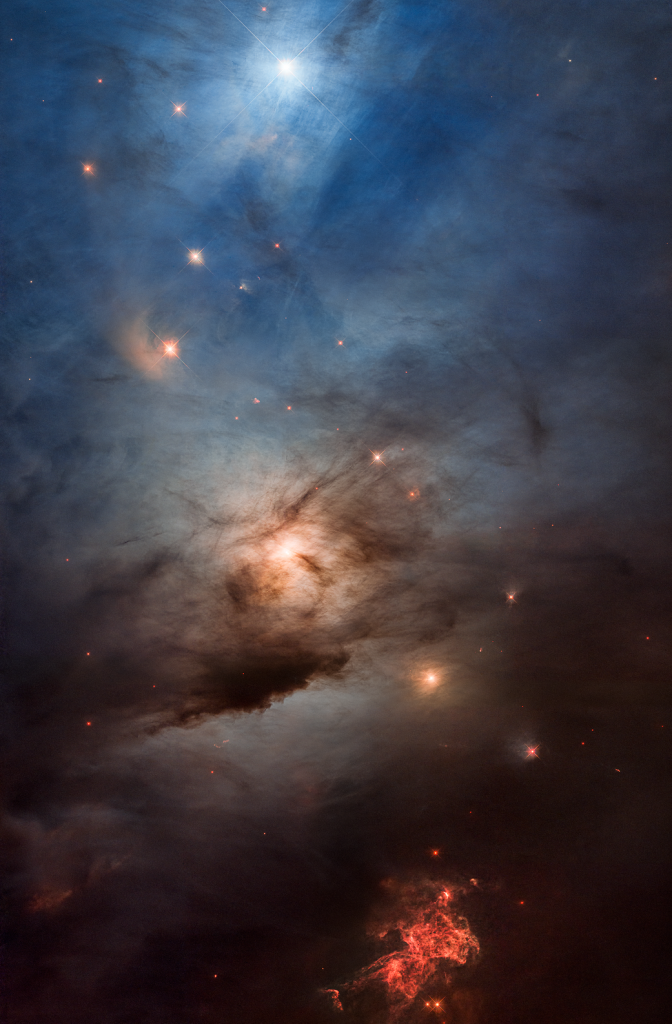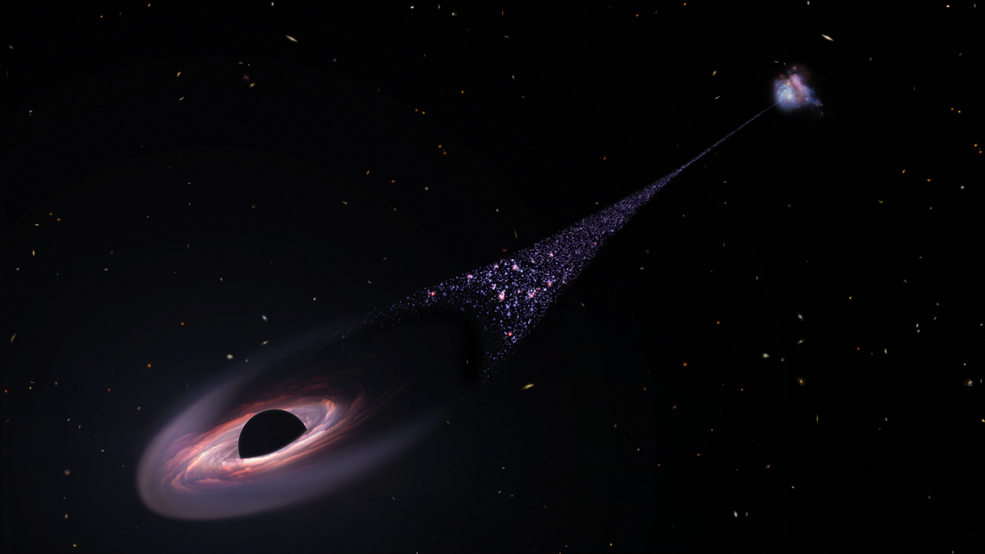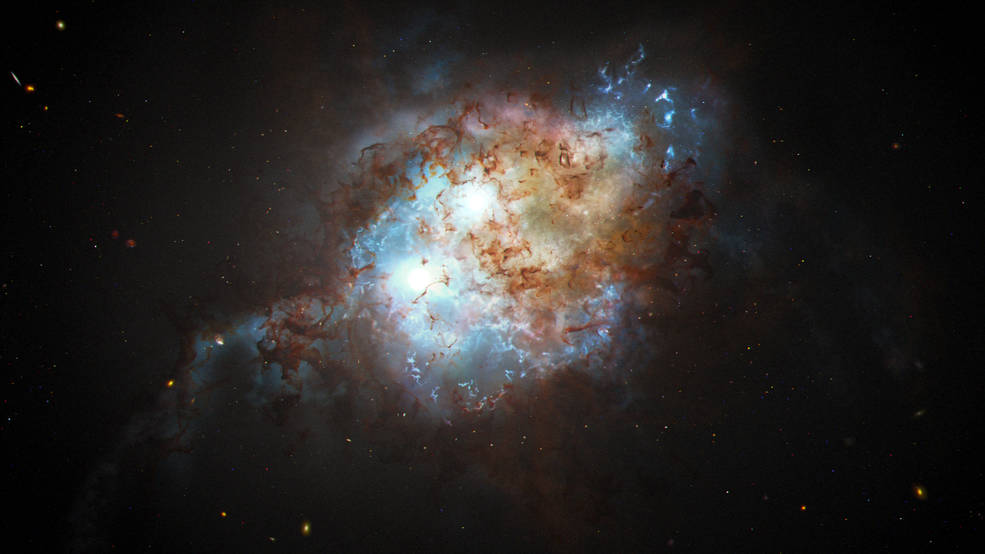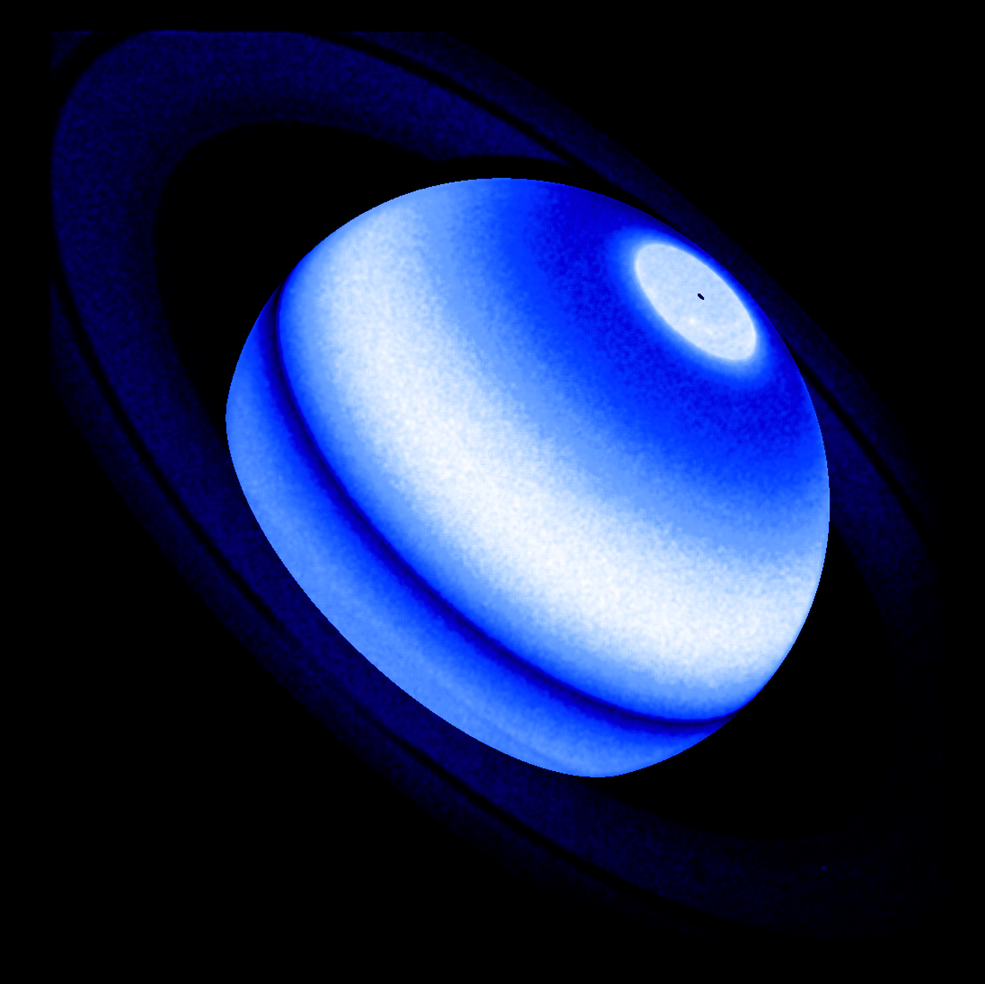哈勃太空望远镜观测到一个闪烁的星团
The densely packed globular cluster NGC 6325 glistens in this image from the NASA/ESA Hubble Space Telescope. This concentrated group of stars lies around 26,000 light-years from Earth in the constellation Ophiuchus. Globular clusters like NGC 6325 are tightly bound collections of stars with anywher […]










